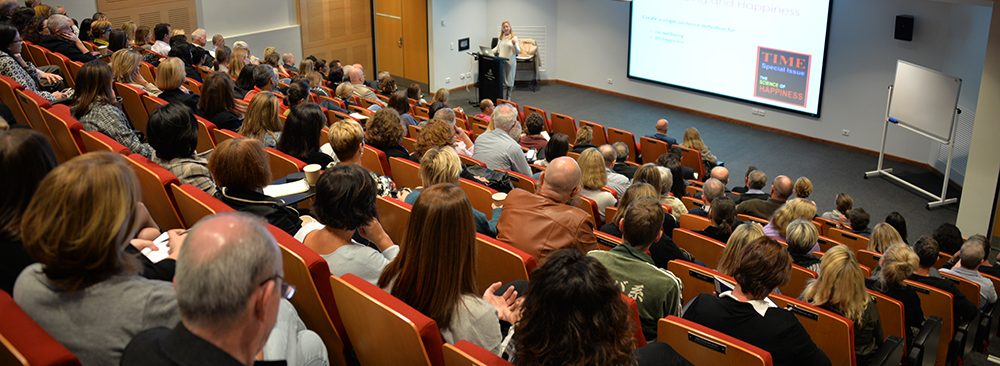Good Discipline Models Good Character
‘Character growth’ is often a common term used when speaking about learning and education yet it is quite difficult to define and even more challenging to measure.
Good character growth requires schools to be specific about what it expects from its students and it can be centered on:
- Making good choices
- Being responsible
- Modelling positive behaviour
- Showing kindness to others
- Good community service
- Modelling good character traits – this can be done through good staff mentoring and good senior students setting the best of examples.
Discipline should not just be about keeping students under control. Being more proactive is essential when trying to grow character. Simply reacting to poor behaviour in class or in co-curricular activities by issuing detentions or demerits will not grow character. It will give a consequence for that behaviour but it will not necessarily show them the way forward.
Glasser (2004) outlines that follow-up with a Mentor is essential if character education is to be core business. A consequence for poor choice of behaviour acts as a punctuation mark to stop and reflect. However, for character growth, the follow-up is essential. To correct behaviour is a good thing but to promote collective and observable changes for the better is critical.
Each of us relies on certain and preferred character strengths. This is often very subconscious but research on ‘flow’ (performing a task in the present that we are totally engaged in) tells us that we often experience ‘flow’ when we are using our preferred character strengths.
Dr Paula Robinson, Director of the Positive Psychology Institute Sydney, and guest of the P&F Parent seminar last week, pointed out the importance of realising what our main character strengths are for the reason of using them to contribute to wellbeing. But what does that mean for discipline? In short, we must make our boys aware of different character strengths and cultivate their strengths whenever possible.
[Ed: See suggested reading list below]
The VIA (Values in Action) character strengths are a good starting point in identifying some strengths for our boys. In order to cultivate these strengths, we must reward them when we see them. Our boys need to know when they have shown good character and why. As well as affirming their behaviour in the usual way, we have decided to reward this behaviour with character merits. Whilst merits are often issued more to our junior students, it allows us to track those who are displaying good character strengths at school. Academic merits will remain, but the following will be recognised.
- Knowledge [creativity, curiosity, critical thinking, love of learning]
- Courage [bravery, perseverance, honesty, enthusiasm]
- Humanity [compassion, generosity, social intelligence]
- Justice [citizenship, fairness, leadership]
- Temperance [humility, self-discipline]
- Hard Work
Also recognised are the Cultural Framework Values of our co-curricular, such as:
- Resilience
- Unity
- Teamwork
Essentially, we would like to honour good character traits, or those working towards them, and actively encourage our parents to acknowledge these merits when they are issued. This balances our Merit/Demerit system towards positive discipline where our boys are acknowledged for good behaviour as well as bad. This will motivate our boys to thrive and contribute to our community.
Mr Bob Meakin
Deputy Head of Stanmore (Students)
Reading List suggested by Dr Paul Robinson
- Fredrickson, B. L. (2009). Positivity. New York: Three Rivers Press.
- Dweck, C. S. (2006). Mindset: The new psychology of success. New York: Random House.
- Seligman, M. E. P. (2011). Flourish : a visionary new understanding of happiness and well-being. New York : Free Press,
- Seligman, M. E. P. (1996). The Optimistic Child : A Proven Program to Safeguard Children Against Depression and Build Lifelong Resilience. New York: Houghton Mifflin.






